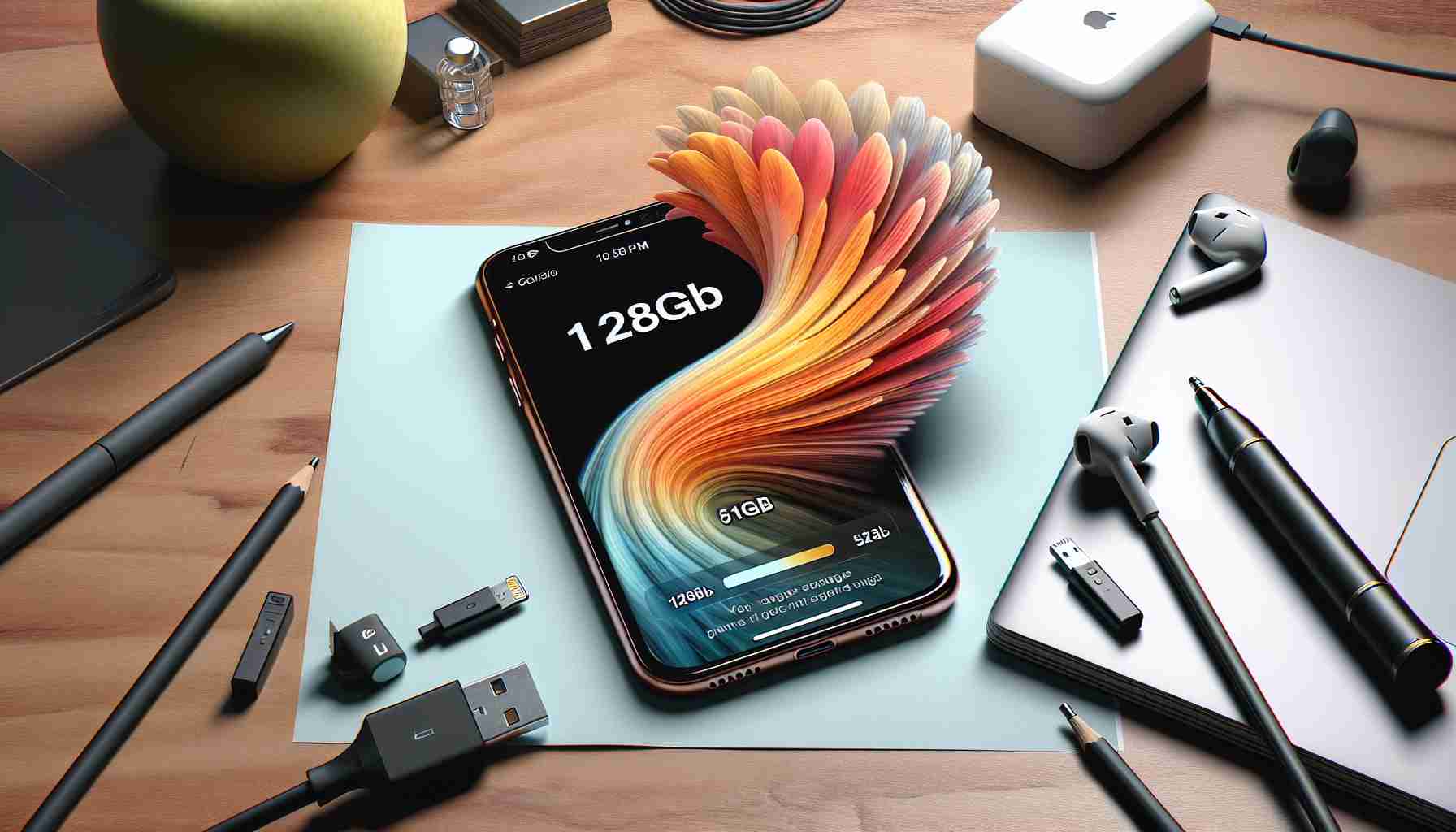The limitations of non-expandable storage on iPhone devices have been a persistent challenge for users. However, innovative technicians have demonstrated that it is indeed possible to boost the storage capacity of these devices significantly. By employing a meticulous technique, as illustrated in a captivating video by KingSener, an iPhone 15 Pro’s internal storage was successfully increased fourfold—from 128GB to an impressive 512GB.
The transformation requires several steps and precision tools:
- Removing the display to access the inner components.
- Dismantling the motherboard to expose the storage unit.
- Taking out the initial 128GB NAND flash memory, followed by careful cleaning using combined CNC and manual labor.
- Installing a new 512GB NAND flash memory.
- Reassembling the motherboard and removing any leftover waterproof adhesive.
- Reattaching the display and performing a Device Firmware Update (DFU).
This method is neither simple nor recommended for the average user, as it involves specialized skills and tools. KingSener, the YouTube channel known for offering gadget replacement parts like batteries, has yet to offer this storage upgrade as a service. Consequently, if one wishes to pursue such an upgrade, it is expected to be a costly endeavor.
For those seeking a more budget-friendly solution, the market offers dual USB-C/Lightning flash drives, some starting at just $32, to conveniently augment your iPhone’s storage capacity.
Important Questions and Answers:
Q: What is the importance of iPhone storage capacity?
A: iPhone storage capacity is essential for a variety of functions, including storing photos, videos, apps, and other digital content. As apps and media files demand more space, higher storage capacities like 512GB become increasingly valuable to users who need ample space on their devices.
Q: Can iPhone storage be officially upgraded?
A: Officially, Apple does not offer a service to upgrade the storage capacity of an iPhone after purchase. Users must select the appropriate storage size at the time of buying the device.
Key Challenges or Controversies:
The main challenge associated with enhancing iPhone storage capacity is the technical skill and precision equipment required to carry out the modification. There is a risk of damaging the device if the process is not done correctly. Additionally, such modifications can void the warranty and potentially compromise the device’s data security and functionality.
Advantages:
– Significantly increased storage allows for the storage of more apps, high-quality photos, and videos.
– It caters to power users who require extra space for professional uses, like 4K video editing directly on the device.
– As a single-time modification, it can be more convenient than constantly managing external storage solutions.
Disadvantages:
– High risk of iPhone damage during the modification process.
– Voids any warranties or official support from Apple.
– Potential compatibility issues with future iOS updates, as unofficial hardware changes are not supported by Apple.
– High cost involved with precision equipment and professional service fees, assuming a service provider is available.
Suggested Related Links:
For those interested in the official options and specifications for iPhone storage capacities, visit Apple’s official website: Apple.
For users seeking external storage options, companies such as SanDisk offer solutions tailored for iPhones: SanDisk.
In summary, the journey from 128GB to 512GB of iPhone storage through unofficial modifications represents a technical achievement but comes with notable risks and downsides. Most users may prefer to opt for external storage solutions or purchase an iPhone with a higher capacity to avoid these risks.
